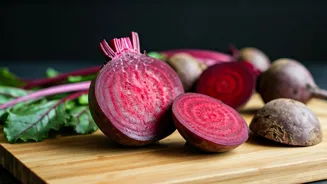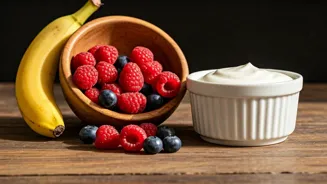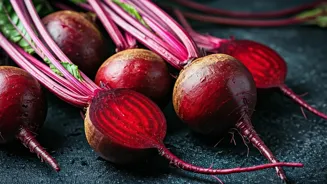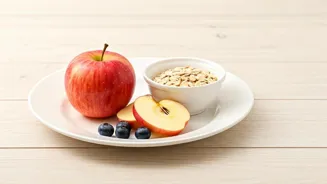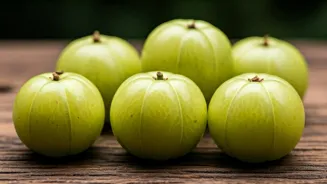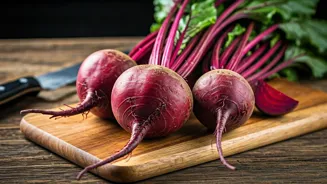What are Chia?
Chia seeds, small but mighty, originate from the Salvia hispanica plant, a member of the mint family. These tiny seeds come in black, white, and sometimes
grey hues, each packed with a wealth of nutrients. These seeds are a nutritional goldmine, bursting with essential fatty acids like omega-3s, along with ample amounts of fiber, protein, and antioxidants. The seeds are particularly praised for their ability to absorb liquid, swelling up to many times their size when soaked in water or other liquids. This unique property makes them versatile in the kitchen, able to thicken liquids, create gel-like textures, and enhance the nutritional value of meals. Historically, chia seeds were a staple in ancient cultures, including the Mayans and Aztecs, who valued them as a source of energy and sustenance. Today, chia seeds have surged in popularity, embraced as a superfood for their comprehensive health benefits and adaptability in various recipes.
Risks of Chia
While chia seeds are generally safe, there are potential hazards, primarily involving the risk of choking, particularly for young children. Due to their remarkable ability to absorb water, chia seeds expand significantly when mixed with liquids. If a child consumes dry chia seeds, they can absorb moisture in the throat, potentially leading to a blockage, especially if the child doesn't drink enough water immediately after consumption. To mitigate this risk, it's essential to prepare chia seeds properly for children. Soaking the seeds in water, milk, or juice for at least 5-10 minutes before serving is recommended. This allows the seeds to swell and soften, minimizing the choking hazard. It's equally crucial to introduce chia seeds in age-appropriate ways. For very young children, it's best to incorporate them into well-hydrated foods like smoothies, puddings, or cooked porridges. Always supervise children while they eat, ensuring they chew their food thoroughly and have access to water. Parents should also be aware of any allergies or sensitivities their child may have before introducing chia seeds. Though uncommon, allergic reactions can occur, leading to symptoms like skin rashes or digestive issues. Always start with small quantities and observe for any adverse reactions.
Ways to Serve
Incorporating chia seeds into a child's diet can be a fun and nutritious endeavor, offering a range of flavorful and beneficial options. Preparing chia seeds requires a bit of foresight. They can be soaked in liquid to form a gel, making them easier to digest and preventing the choking risk associated with dry seeds. Consider soaking them in water, milk (dairy or plant-based), or juice for a few minutes before use. For babies and toddlers, chia seeds are best introduced in smooth consistencies. Pureed fruits like mango or banana, mixed with soaked chia seeds, create a delightful and easy-to-eat mash. Smoothies are another excellent way to sneak in chia seeds, adding them to fruit and vegetable mixtures to enhance their nutritional profile without altering the taste significantly. For older children, chia seeds can be mixed into yogurt, oatmeal, or breakfast cereals. They can also be used in baking, adding them to muffins, bread, or pancakes, providing a subtle crunch and added nutritional value. Chia seeds can be added to homemade granola bars, providing a healthy and energy-boosting snack. Experimenting with different recipes and preparations can keep meals exciting and palatable, increasing the likelihood that children will enjoy the seeds and benefit from their advantages.
Nutritional Perks
Chia seeds are a nutritional powerhouse, providing a host of benefits for growing children. They are packed with essential omega-3 fatty acids, which are crucial for brain development, cognitive function, and vision. These fats also play a role in reducing inflammation and supporting overall health. Chia seeds are a great source of fiber, aiding in healthy digestion and preventing constipation, a common issue among children. The high fiber content also helps children feel fuller longer, potentially preventing overeating and supporting healthy eating habits. They contain significant amounts of protein, essential for growth and repair of body tissues. Protein helps build and maintain muscles, bones, and other body structures. Chia seeds are rich in antioxidants, such as flavonoids and phenolic acids, which fight against free radicals and protect cells from damage. These antioxidants help boost the immune system and protect against chronic diseases. They are also a good source of several vitamins and minerals, including calcium, phosphorus, and manganese, which contribute to bone health, energy production, and overall well-being. Including chia seeds in a child's diet can help contribute to a well-rounded diet, promoting healthy growth, cognitive development, and overall wellness.
Chia Seed Varieties
Chia seeds come in two main varieties: black and white. Although they share similar nutritional profiles, there are a few distinctions between them. Both black and white chia seeds contain similar amounts of nutrients like omega-3 fatty acids, fiber, protein, and antioxidants. The variations are primarily in the appearance and subtle nuances in taste and texture. Black chia seeds are more widely available and are what most people recognize. They tend to have a slightly more robust flavor and can add visual interest to dishes. White chia seeds, also known as Salba chia, are considered by some to have a milder flavor and slightly creamier texture compared to the black ones. This makes them a better choice for people who prefer a less noticeable taste in their foods. Some also claim that white chia seeds have a higher concentration of nutrients, though the differences are minimal. The selection between black and white chia seeds ultimately comes down to personal preference and how they fit into your culinary creations. They can be used interchangeably in most recipes, so choosing either one will provide significant health benefits. Both types offer a versatile and healthy addition to any diet.
Expert Tips for Use
Nutritionists and health experts provide invaluable guidance on how to maximize the benefits of chia seeds while ensuring safety, especially for children. A key tip is to always soak chia seeds before serving them, especially for young children. This allows them to absorb liquid and form a gel-like consistency, which is easier to digest and reduces the risk of choking. Experts also suggest starting with small quantities. Introduce chia seeds gradually to your child's diet. Start with a small amount, such as 1 teaspoon, and gradually increase it as tolerated. This helps the child's digestive system adjust to the high fiber content. They should be integrated into a balanced diet. Chia seeds are a great addition to a nutritious diet, but they should not replace other essential nutrients. Ensure your child eats a varied diet that includes fruits, vegetables, whole grains, and lean protein. Use chia seeds as a food enhancer. Mix chia seeds into a variety of meals and snacks, like smoothies, yogurt, oatmeal, or baked goods, to make them more palatable and appealing to children. Encourage them to consume enough water. Since chia seeds absorb a significant amount of liquid, it's important for children to drink plenty of water throughout the day to prevent constipation and ensure they are well-hydrated.

